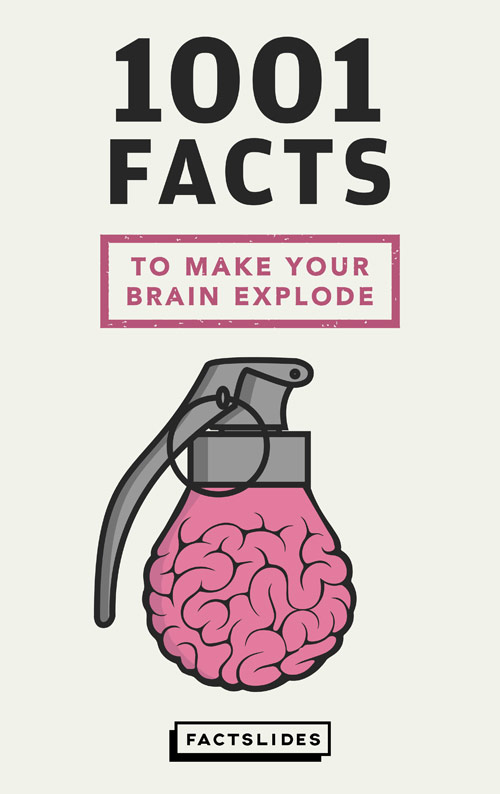-
Saturn's rings are not solid. They are made up of bits of ice, dust and rock.♦ SOURCE♺ SHARE
-
Jupiter has 67 moons, Saturn has 62, Uranus 27, Neptune 14, Mars 2 and Earth just one.♦ SOURCE♺ SHARE
-
If you were to put Saturn in water, it would float.♦ SOURCE♺ SHARE
-
The atmosphere in Titan, Saturn's Moon, is so thick and the gravity so low, that humans could fly through it by flapping "wings" attached to their arms.♦ SOURCE♺ SHARE
-
Saturn's rings are only 30 to 300 feet (9 to 90 meters) thick.♦ SOURCE♺ SHARE
-
There are 5 planets you can see with the naked eye, not using a telescope: Mercury, Venus, Mars, Jupiter and Saturn.♦ SOURCE♺ SHARE
-
Saturn's moon Enceladus has ice volcanoes.♦ SOURCE♺ SHARE
-
Saturn's rings are younger than the dinosaurs. They were likely formed just 100 million years ago.♦ SOURCE♺ SHARE
-
5 to 6 billion years from now, as the Sun becomes a red giant, Saturn's moon Titan will become warm enough for life to possibly evolve in manner similar to Earth.♦ SOURCE♺ SHARE
-
The surface gravities of Venus, Saturn, Uranus, and Neptune are all quite similar (within 15%) to Earth's.♦ SOURCE♺ SHARE
-
If you weighed 150 lbs. (68 kg.) on Earth, you would weigh 159 lbs. (72 kg.) on Saturn.♦ SOURCE♺ SHARE
-
Almost 1,600 Saturns could fit inside the Sun.♦ SOURCE♺ SHARE



















